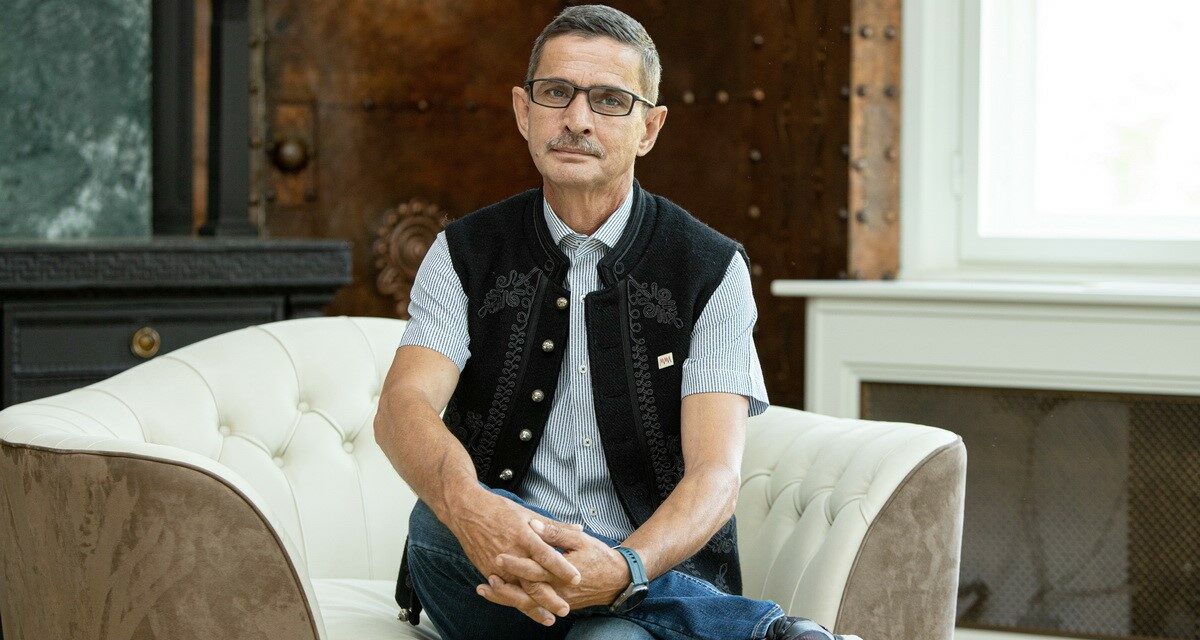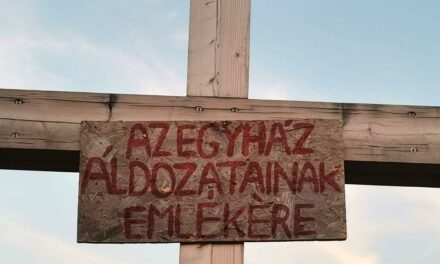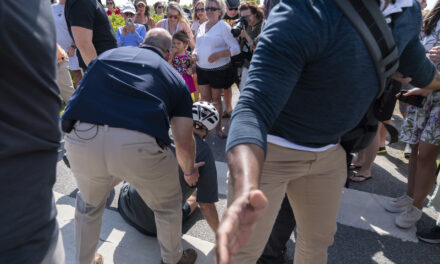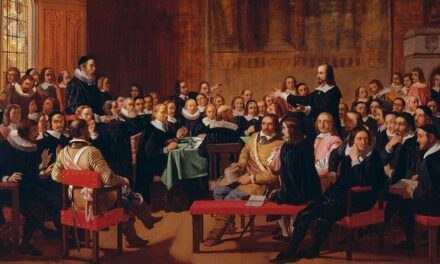"What is really important is how someone behaves in front of his peers and family, how he behaves at work, in the community and in front of the world." This is the idea of the Dalai Lama, and as we know, life wisdom is a gift from God. However, this gift remains useless if we do not use it wisely and skillfully. Fortunately, in today's celebrity world, there are quite a few who live with God's gift and do not abuse it. Among them is the woodcarver László Kékedi, the master of folk art, who lives his everyday life according to an old philosophy that you have to learn how to really do what you do.
Balázs Czakó asked the master woodcarver.
The name of the settlement of Kisgyőr is partly known by many, but there are also quite a few who have not heard of it yet. In fact, upon hearing the name of the settlement, many people would start looking for Győr on the map, even though they should head east, because the village is located not far from Miskolc at the foot of Bükk. Well, this is where the nativity scene of the nation was made, which many people could admire in front of the Parliament during Advent. László Kékedi was the dreamer of the country's nativity scene.
– The idea of a folk art nativity scene first came to me and here in Kisgyőr, eight years ago we handed over a larger permanent ecumenical nativity scene. The nativity scene in Kisgyőr, which occupies an area of about 200 square meters, was placed in a valley, so the height and depth can be clearly perceived. As far as I know, this is the largest nativity scene in Central Europe, consisting of 17 statues and 4 church towers. It is ecumenical because it symbolizes the four historical Hungarian churches in such a way that the four towers form a unity. Moreover, the nativity scene, which can be seen all year round, is next to the school, so it can give strength to everyone passing by, children, adults, and families.
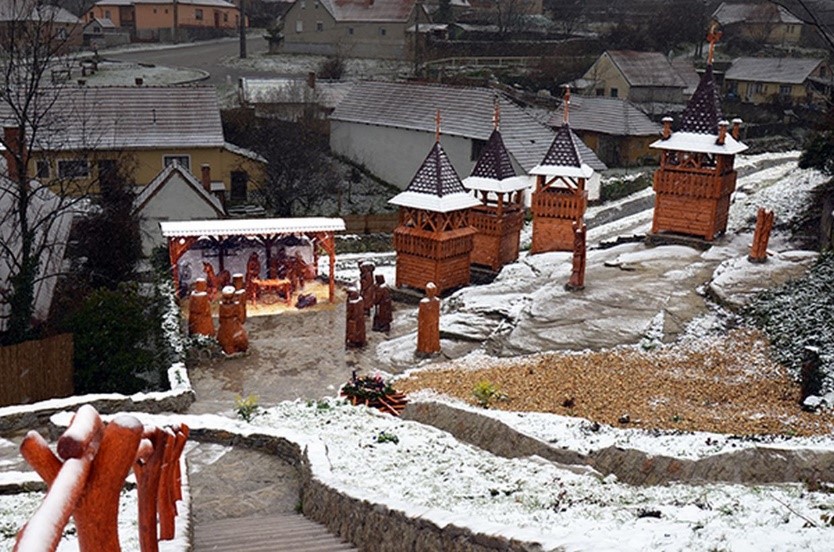
When the former president of the Hungarian Academy of Arts visited the settlement, he suggested that we take it to Budapest in front of the Parliament. Based on the proposal, three years ago we decided to make a nativity scene specifically for that place, which will be even bigger than the one in Kisgyőr. We thought that this should be the nativity scene of the nation, that it should be made with the cooperation of several artists from the motherland and abroad. We started the work, which we had planned for a year, but due to the pandemic, we finished it last November, so we were able to perfect the work in three years.
I took the Kigyő nativity scene as a basis. The main aspect was that the other branches of folk art should also appear. After all, at the request of the Folk Art Department of the Hungarian Academy of Arts, the nativity scene of the nation was born with the voluntary work of 34 wood carvers from the Carpathian Basin settlements and the cooperation of 64 folk art associations. I could list the creators for a long time, who are responsible for the 6-meter by 5-meter stable, the 17 life-size sculptures and the various painted decorative elements. It would also take time to list the domestic associations that took part in the work, starting from Kisgyőr, Budapest and all the way to Keszthely, but for example, the various parts of the nativity scene of the nation were created by the woodcarving artists of Várhosszúrét in the Highlands, Mezőbergenye and Gyergyószárhegy in Transylvania.
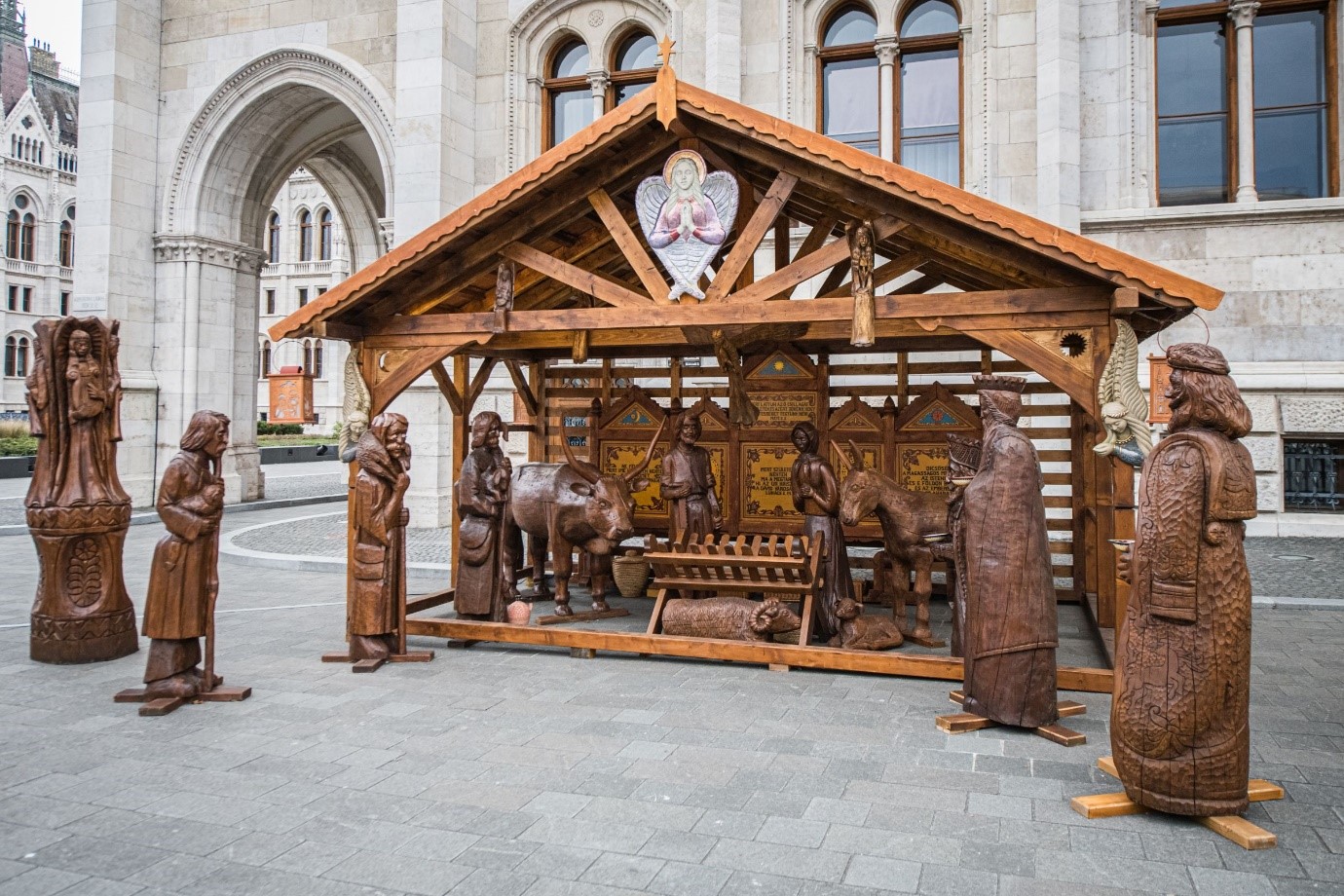
– The artwork was visible all the way to Víkrezkést, in front of the Parliament, where did it go from there?
– First of all, I would like to mention in a funny way that it was almost easier to make the work than to deliver it. By the way, the nativity scene of the nation has been moved to Kisgyőr, there is a part of the workshop where we can store it. We are very happy to offer this nativity scene to the Parliament every year, but if they decide to put another one here, it can still be placed in a different settlement, county seat, or in places where parliaments have been held every year for the purpose of creating tradition. For example, you could go through the entire Carpathian basin, especially the 34 settlements where the creative artists come from. Of course, I won't be able to see the end of it, since I'm 56 years old, but I think that the work created with the cooperation has a message value for Christian Hungarians.
"How did you become a woodcarver?"
-I am from Kisgyőr with deep roots, which is located at the southern foot of the Bükk, so I can say that due to the conditions of the place, the value of the golden crown of the land is almost equal to zero. Therefore, the people lived from logging, and they made various tools, which mainly went to the Great Plains. So I mainly saw wood and tools around me with a child's head, I grew up in such an environment. I went to a vocational school in Miskolc and according to my qualifications I am a car mechanic, locksmith and teacher, but since the school also had a folk art course, I could also learn woodcarving in the workshop. So after that I stayed with it. I went to craft camps, where I could hone my skills, but I was also able to participate in several creative works, until, when our first son was born, my wife said, stop wandering around, do a family craft camp at home. This happened 35 years ago, so today I can say that the camp has three generations, as the grandchildren also come and take part in the crafts in the playhouse with great pleasure. There are usually 80 of us in the family craft camp in Kisgyőr, and several of them worked almost continuously on making the nation's nativity scene.
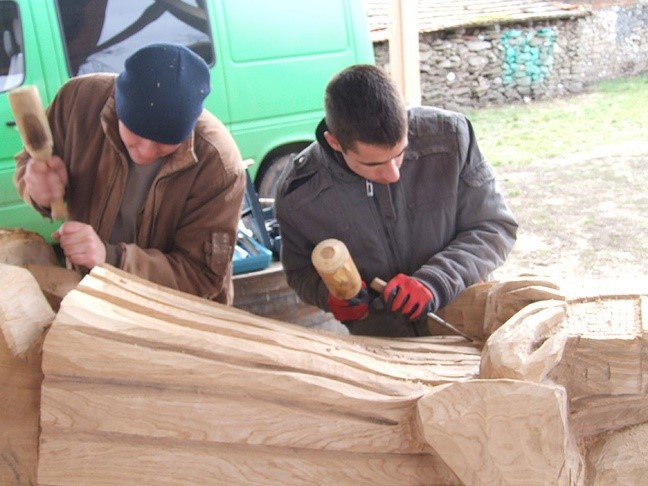
– There are many wood carving works in the settlement, do the locals help shape them and create them on site?
- Suddenly, I can't give you an exact number, but there are roughly 140 works of art in the settlement. Kisgyőr has 1,700 inhabitants, and everyone is happy when the village is beautified, when the entrance gate of the church, the 56 monument, the bus stop, or a bridge railing and candelabra are completed. Of course they come and help, for example, more than a hundred people contributed to the construction of the Szent Korona lookout, and I just call them: beauty-creating kaláka.
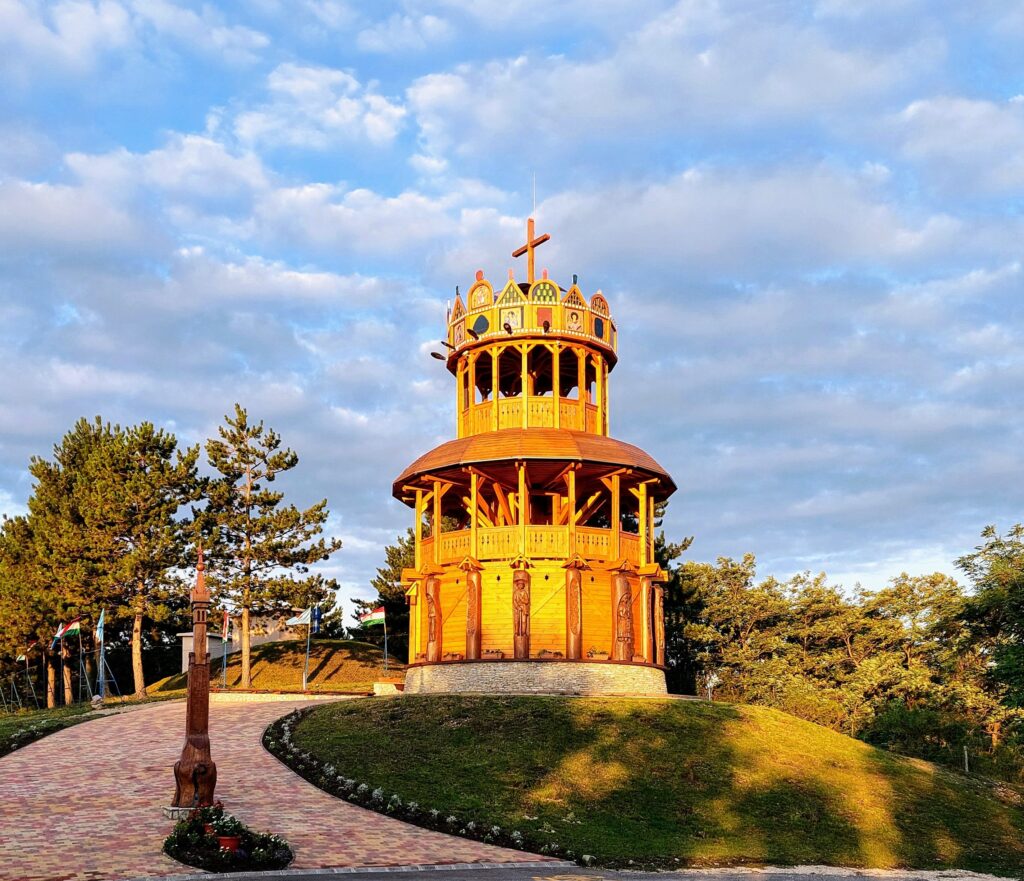
- Considering the number of works, it is perhaps not an exaggeration to say that Kisgyőr is the Mecca of wood carvings, but the realization of this must have cost a lot of money.
- Indeed, but luckily there are quite a few tenders, but the good ones are given by the municipality, because the settlement has 390 hectares of forest. In addition to financial resources, we must not forget the many volunteer helpers.

– You are a woodcarver, a master of folk art, head of the Folk Art Department of the Hungarian Academy of Arts and mayor of Kisgyőr. How do you find time and energy for all this?
– I am a busy person, but in order for me to have time for everything, I need a good office and institutional team, which facilitates the work of the mayor, which I have been doing for 12 years. I have time for ideas and woodcarving in the evenings and on weekends. Today, wood carving is easier than before with modern tools. In the past, 30-40 years ago, there was a Russian drill and planer, and today many practical tools make the work easier. In the past, it took about three weeks to make a human-sized statue, today it takes one week.
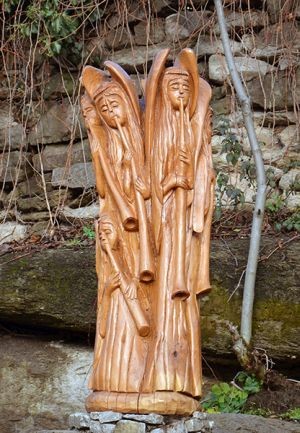
– What are you currently working on and what are your plans?
- Recently, we finished the belfry that will be inaugurated in Szatmárcsek on Hungarian Culture Day. My next plan is to build a playground here in Kisgyőr, in which we will place sculptures from Hungarian folktales, namely in such a way that the fairy tales will also be there next to them. That way, when the children have a little rest, the parents can read the stories. I hope that this will not only please the parents of Kisgyőr, but also the families visiting here, as more and more people are visiting Kisgyőr and certainly even more will visit us, because a bicycle path between Miskolc-Tapolca and Kisgyőr will be built with a grant of HUF 300 million.
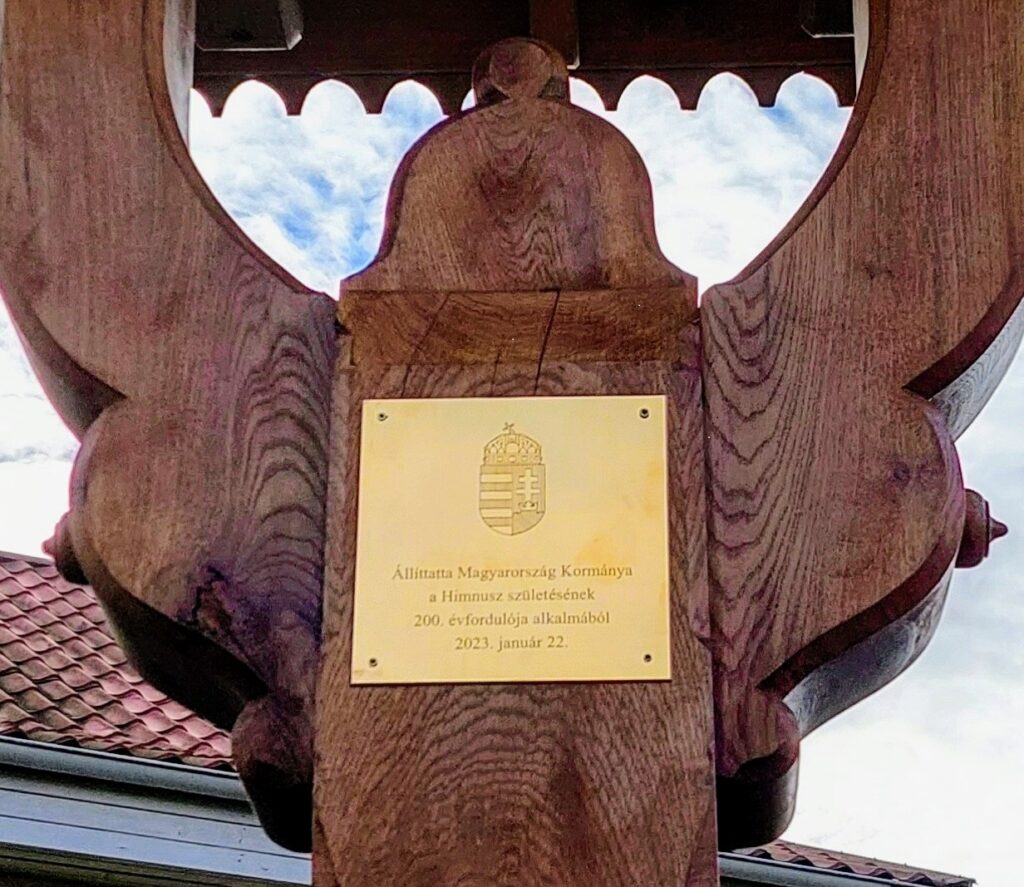
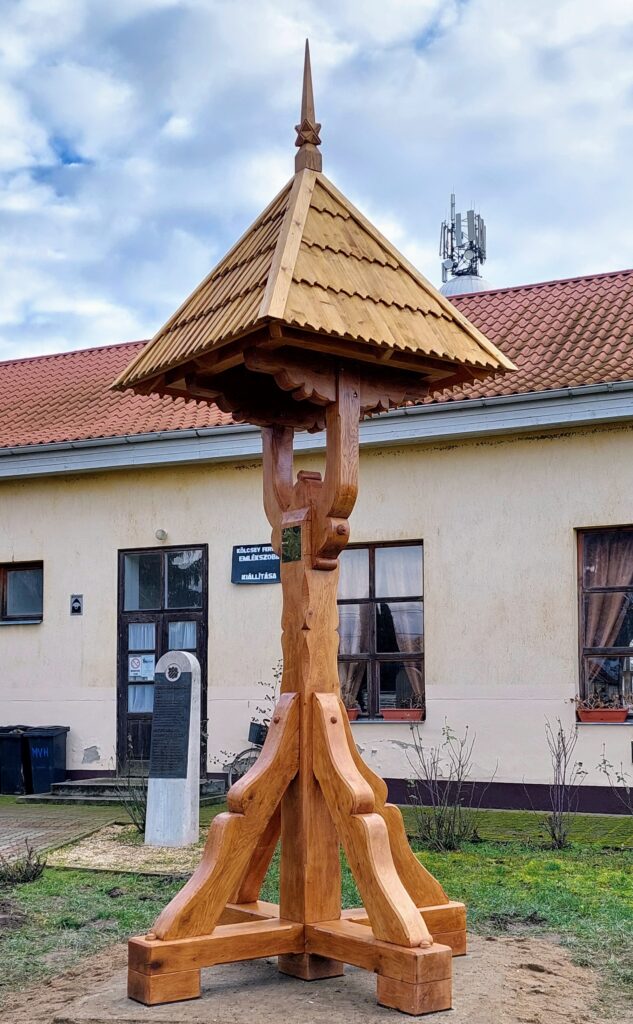
Author: Balázs Czakó

